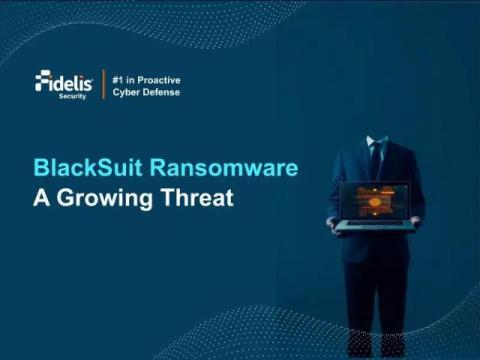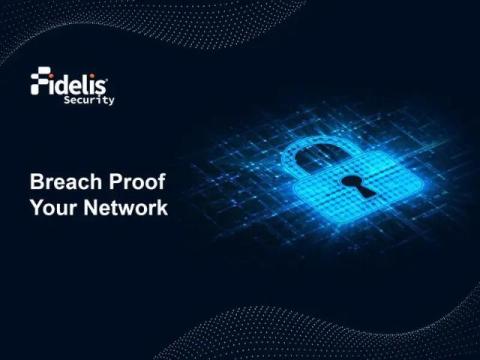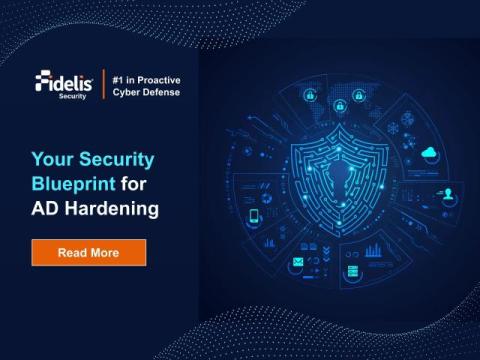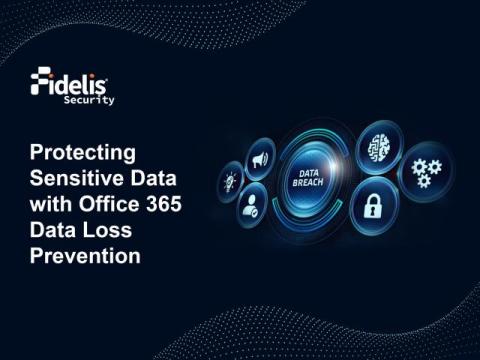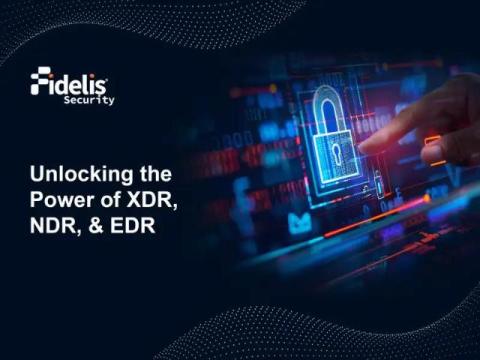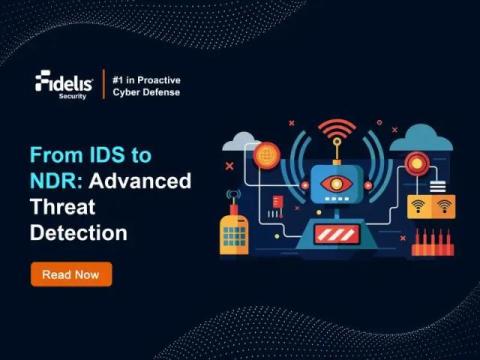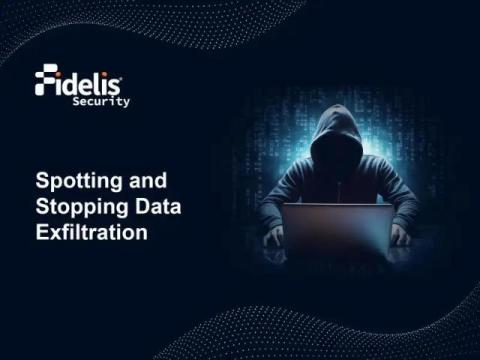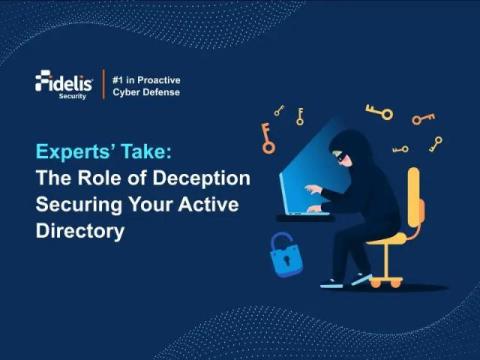What is Threat Detection and Response?
Attackers nowadays are good at setting up camp in networks and stealing important information. This means you need to be on your toes with top-notch threat spotting. You need something that can handle the whole attack process, from when they first break in to when they move around and take data.



